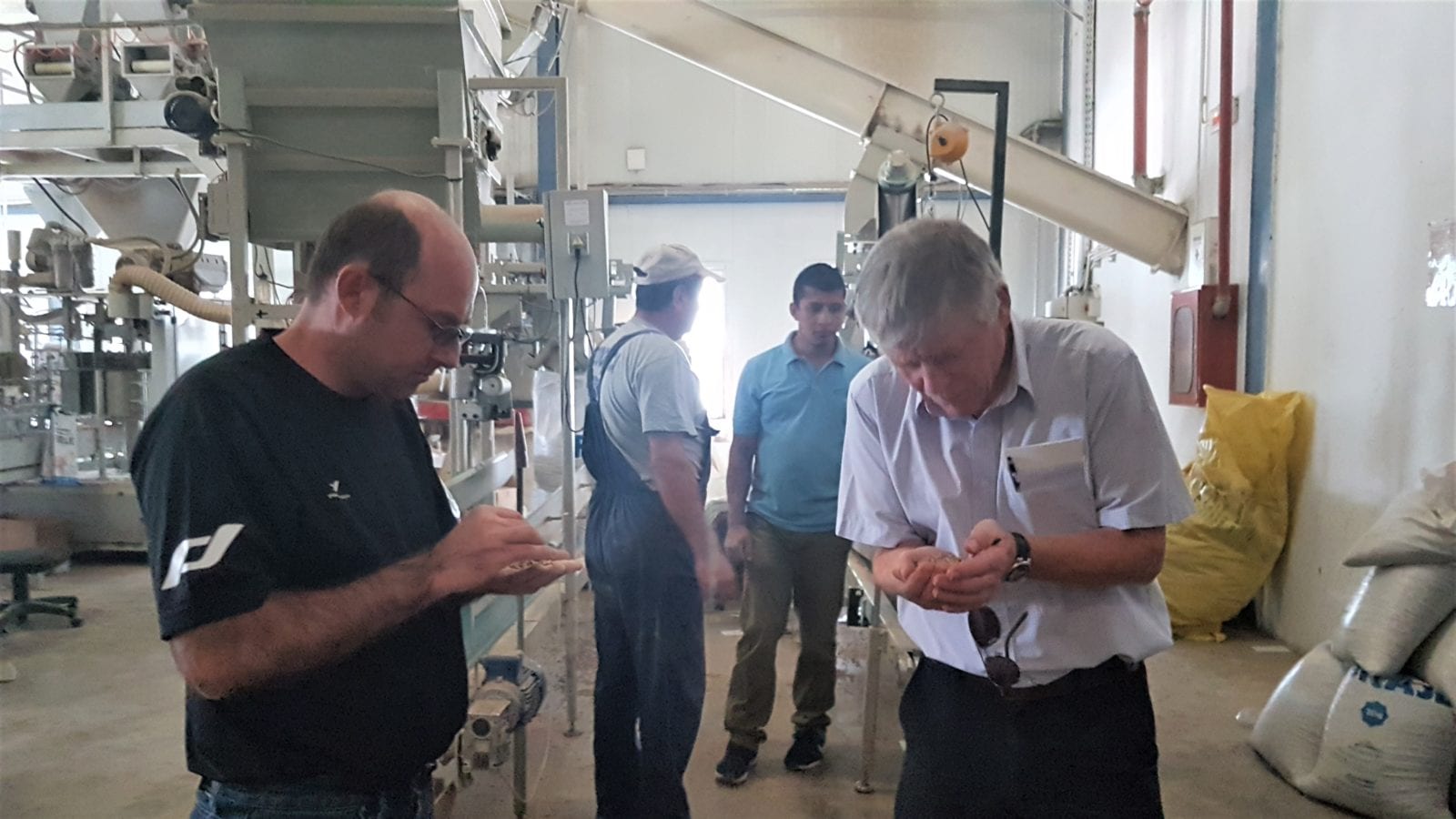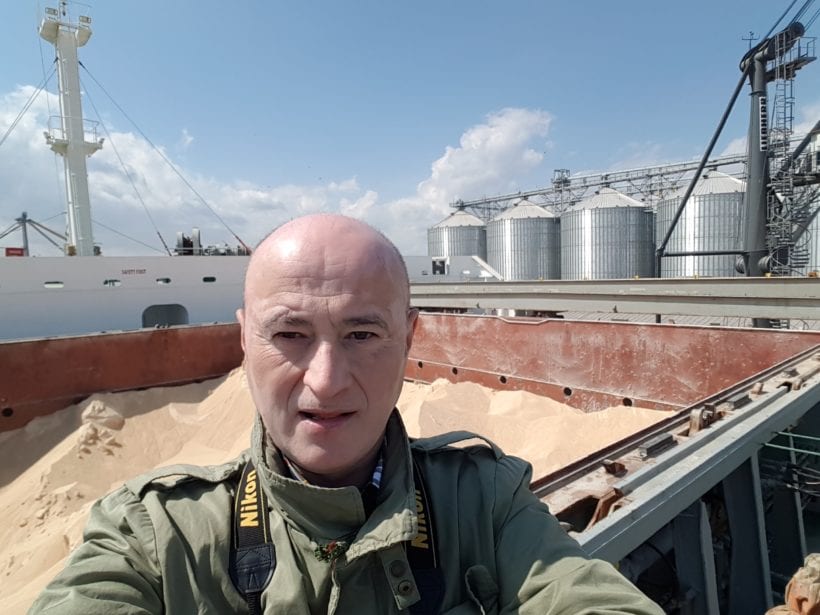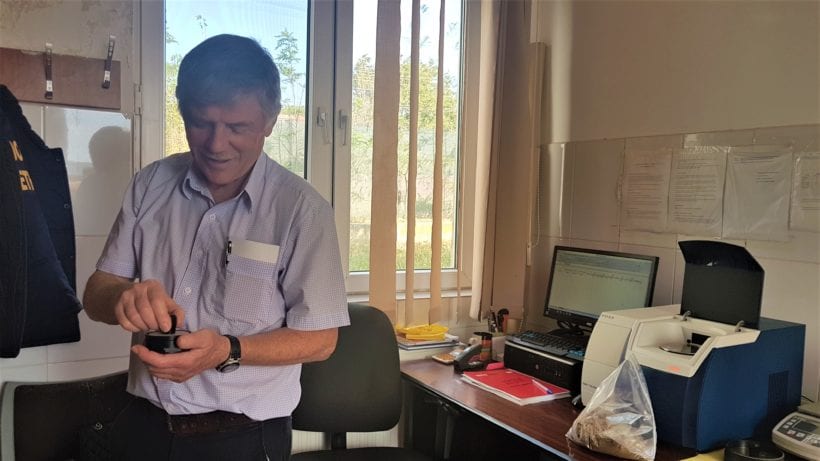U.S. Soy Quality and Abundance Expected to Drive More Demand from South East European End Users
- Category:
- Animal Utilization
- General News

In an effort to grow U.S. Soy’s market share in Europe, USSEC continues to conduct activities and one on one meetings with key customers from existing markets.
During the second week of September, USSEC consultants Dr. Jan van Eys and Dr. Iani Chihaia visited with Romanian customers to promote U.S. Soy’s quality and abundance. A focus on Romania proved to be worthwhile because there was a significant increase in U.S. beans and meal imports this year.
The fast-growing trend of the Romanian feed and livestock industry is supported by ongoing foreign and local investments. Three different companies, a Romanian, Hungarian, and Danish group, opened three new large capacity feed mills this year. Another feed mill dedicated to poultry will be started up before the end of this year, while the swine industry is quickly consolidating because of recent challenges faced by the sector.

“There is still so much potential for poultry and livestock growth because we are not even close to meeting the animal protein needs of the local consumers and increasing export demand. Romania is more than self-sufficient in feed crops such as wheat, maize, barley and sunflowers, but over two-thirds of the soy is imported. U.S. Soy should play a crucial role in satisfying the protein demand simply because the protein quality decisively influences the productivity of livestock farming,” states Dr. Iani Chihaia, USSEC country consultant. “According to the recently released Eurostat data, Romania recorded the third lowest price level of meat in the European Union in 2017, which is 40.8 percent below the EU average. This clearly validates the competitive advantages of meat production in Romania,” he concludes.

During the feed mill visit, Dr. van Eys emphasized the importance of the using proper analytical methods for the determination of protein content, moisture, fat, and ash in feed ingredients and complete feeds. He also reinforced the importance of near infrared (NIR) technology, which offers a quick method for analysis without the requirement of consumables or reagents. This includes reliable analyses of feedstuff and ingredients from the receipt of raw materials to final inspection as the best way to ensure quality feeds, while keeping cost and profit orientation in focus.
Dr. van Eys dedicated a good amount of time during the visit was dedicated to interacting with the lab personnel about soybean meal analysis with infrared technology. This because the NIR analysis is sensitive to the homogeneity and analytical fineness as both of these characteristics can cause inaccurate readings due to the inefficient scattering of light and detection from the analyzer. Demonstration of proper sample preparation helped the lab personnel to get accurate results and thus, make informed decisions when segregating different origins of soybean meals before to be stored and used in the feed mill.


“Meeting with customers was no doubt of much interest to U.S. Soy as Romania is a country that is highly likely to increase its production of feed and livestock as Western European production moves east in search for more economical production conditions,” says Dr. van Eys. “The most significant advantages of appearing on the local market are access to local raw materials and through this, the supply of finished products on the Romanian and proximity of the export market. The South East European region will benefit greatly from this move and should see a significant increase in production similar to what Poland has seen over the past 10 to 20 years, and continues to experience.